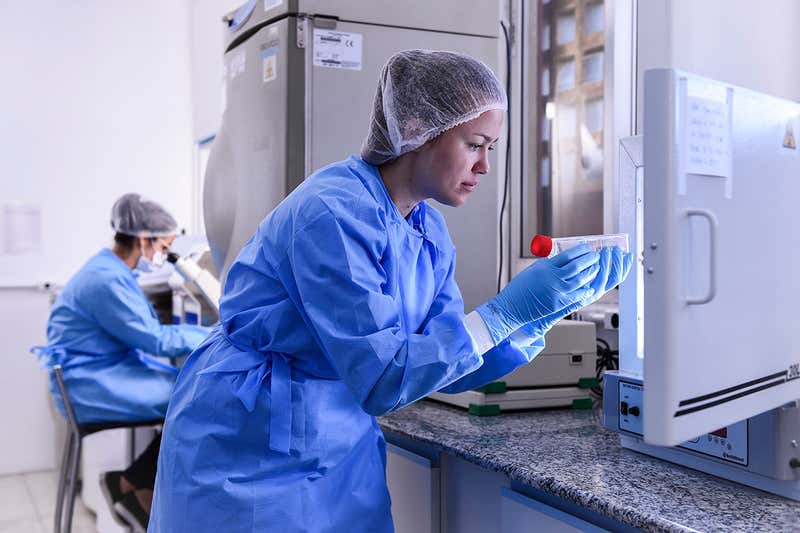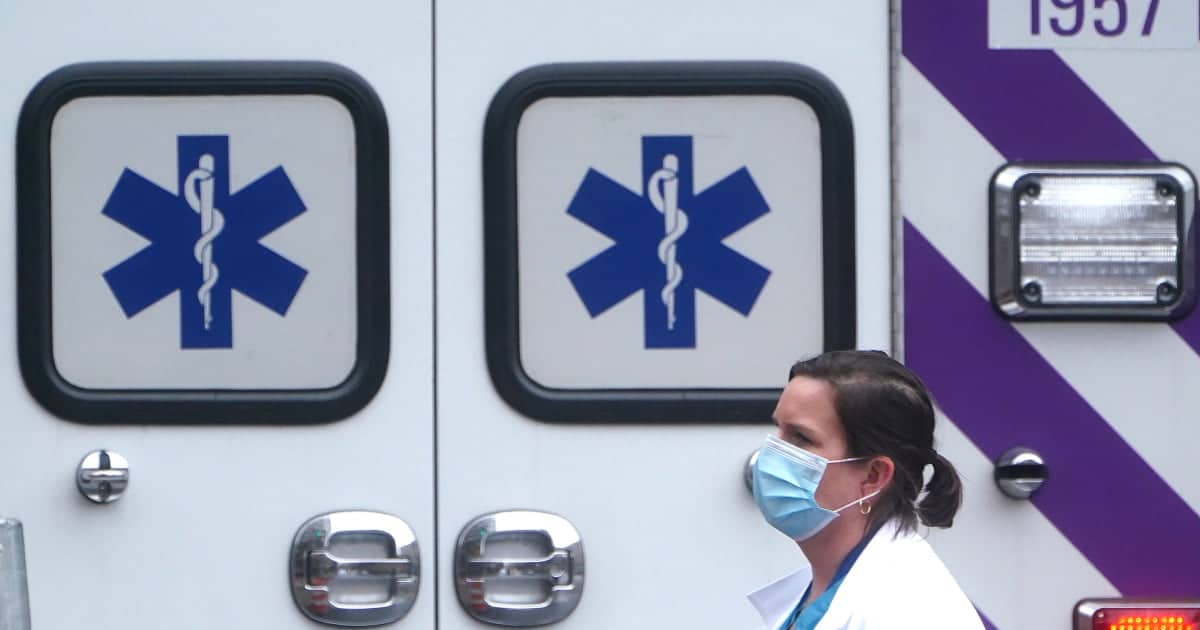Apparently we have a Covid-19 vaccine that works (two, if we also give credit to the Russian Sputnik V vaccine). But can we keep it cool enough to get it to enough people?
Among the long list of risks and uncertainties for the Pfizer and BioNTech vaccine (the technical name is BNT162b2) which this week was reported to be 90% effective, is the challenge of its “ultra-low temperature formulation.” How to store it? How to distribute it along the route with the right "cold chain"?
Between production and doses administered to people, the vaccine should be kept frozen at approximately -70 ° C, approximately four times colder than a home freezer can handle.
The Journey of the “Super Cold” Vaccine
Once it leaves Pfizer's manufacturing plants in Kalamazoo, Michigan, and Puurs, Belgium, the Pfizer vaccine cannot be thawed and frozen more than four times during transportation, according to U.K. Health Secretary Matt Hancock. This, if nothing else, adds a little "cunning" to the complicated path.
The vaccine, developed using a new approach of using coronavirus messenger RNA, is also unusual in its need for such low temperatures.
Most vaccines are refrigerated at around 2-8 ° C, rather than frozen. Even frozen ones, such as the Varivax vaccine used against the chickenpox virus, are stored at much higher temperatures than Pfizer's.
Nilay Shah of Imperial College London says health systems have some experience handling cells and samples at temperatures around -70°C. However, that doesn't count for the volumes expected with this vaccine.
The Pfizer vaccine and its “cold briefcase”
Pfizer says it is confident it will be able to distribute the vaccine at such low temperatures. The vials of the vaccine will be placed in a specially constructed package the size of an aircraft carry-on, weighing approximately 32 kilograms.
Inside, the dry ice will be able to maintain the temperature at -75 ° C, with a maximum temperature difference of 15 degrees, for a maximum of 10 days. Dry ice (solid carbon dioxide) would still be replenished during the journey.
First question: do we have all this dry ice? In the USA and Canada yes (a commercial entity has already stated that there is enough capacity to provide that dry ice). And elsewhere?
Deliveries will be driven directly from Kalamazoo and Puurs and flown to the main hubs for subsequent distribution.
The easy part will be when the vaccine is on a truck, but it will become more difficult to keep the vaccine cold enough during transitions, such as when it is moved in or out of freezers at distribution centers. The capacity of ultra-low temperature freezers is already being expanded in transport and warehouse centers, but international distribution will be more complex.
The delicate nature of the vaccine means that everything must be ready at its "point of use", say a doctor's office for example. Once thawed and placed in the refrigerator at 2-8°C, Pfizer says the vaccine will be stable for five days, or no more than 2 hours at room temperature.
Penny Ward from the Faculty of Pharmaceutical Medicine in London says careful planning is needed so that healthcare teams have patients “ready to go” at vaccination sites.
Ultimately, keeping the vaccine at the right temperature will be a big problem. But not insurmountable. Even if more equipment such as low-temperature freezers is needed along the supply chain, it will be possible. A gigantic infrastructural challenge.
And in warmer or poorer countries?

If in the more industrialized and "richer" countries the challenge appears enormous, but not impossible, the picture could be different in the warmer countries and in those without these infrastructures, or the resources to create them.
Keeping vaccines at such low temperatures “is extremely difficult or even impossible” in low- and middle-income countries with hot, humid climates, according to a report released in October.
One way around this could be the water-removal process of freeze-drying, turning the vaccine into a powdered form. Pfizer says it is evaluating the approach, but it is a long-term solution.
Some countries may therefore put Pfizer vaccine aside, and opt for alternative vaccines that don't have to be kept so cold, should they become available.
Even though Pfizer's Covid-19 vaccine appears to be 90% effective, we may see other countries choosing other vaccine candidates even if they are less effective, simply because the logistics will be much easier for them.
It is also possible that we will see one or more vaccination programs that involve moving to large vaccination sites (perhaps after checking, or quarantine).


